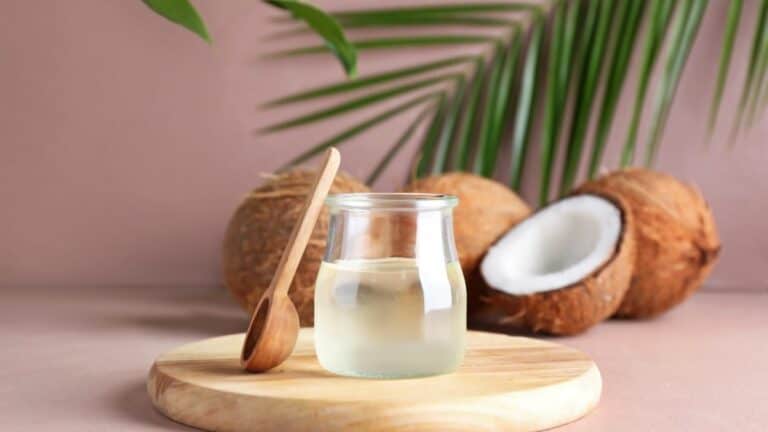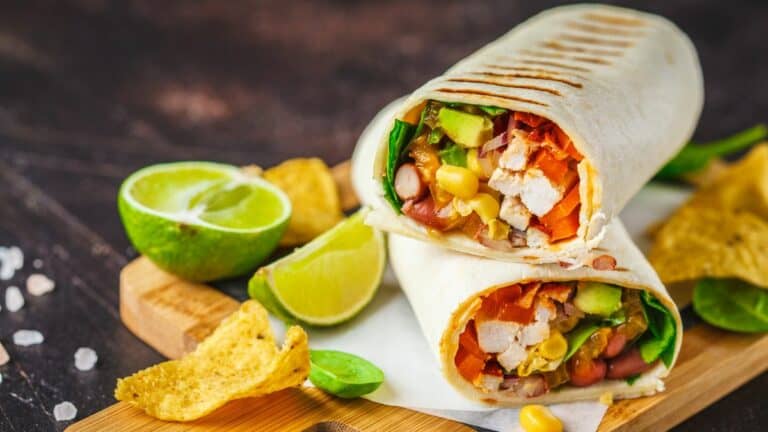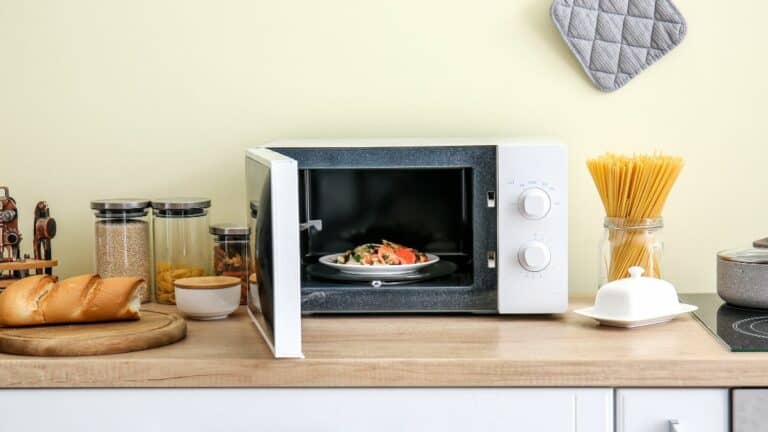No Eggs? No Problem! 10 Simple Egg Substitutes to Try
Running out of eggs, following a vegan diet, or dealing with dietary restrictions doesn’t have to derail your cooking and baking plans. Plenty of effective substitutes can mimic the binding, leavening, and moisture-providing properties of eggs in both sweet and savory dishes. In this guide, we’ll explore ten of the best egg substitutes that work seamlessly in various recipes, ensuring your culinary creations are always a success—no eggs required!
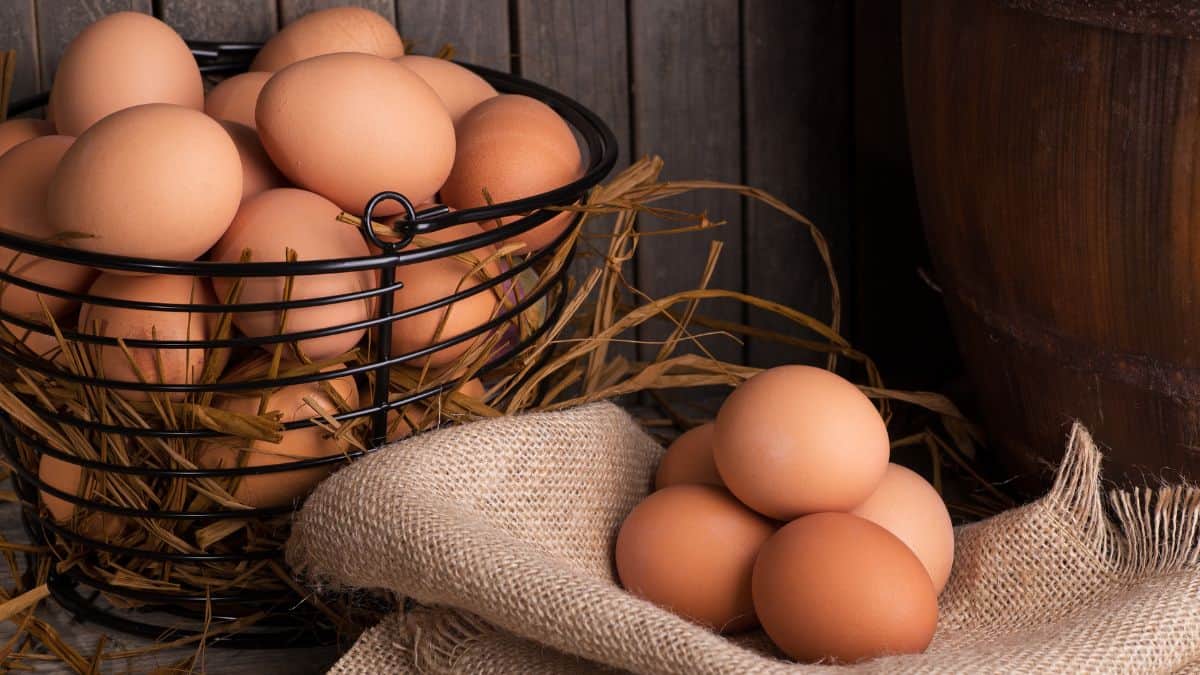
Applesauce
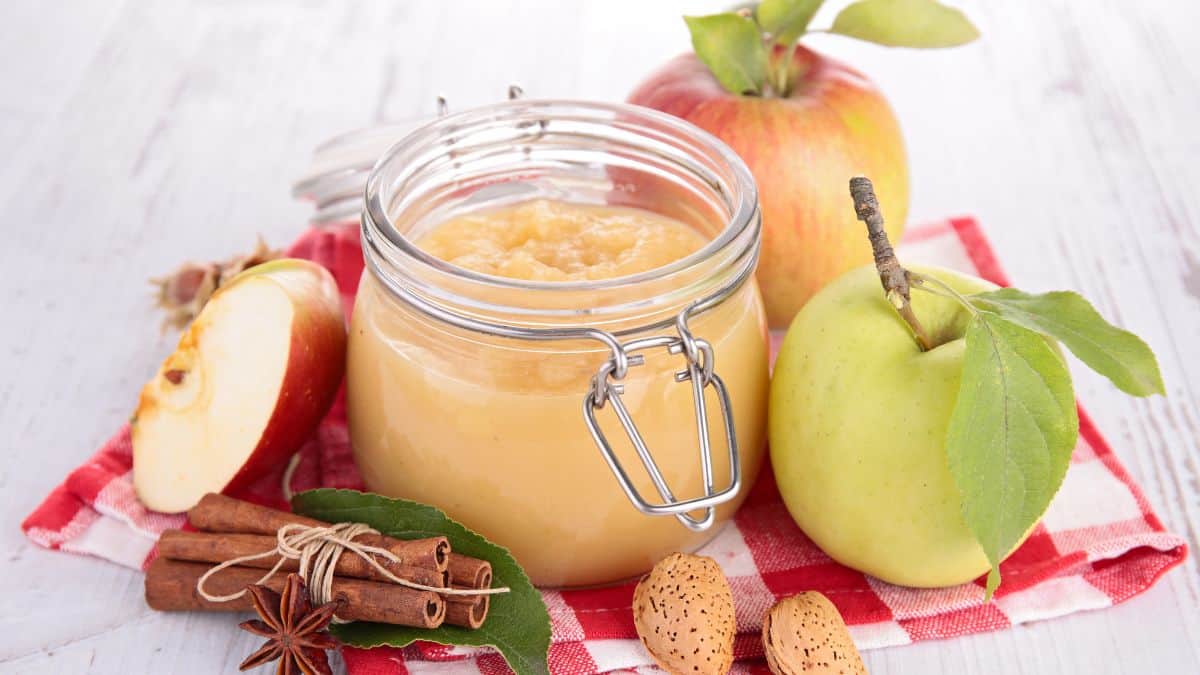
Best For: Baked goods like cakes, muffins, and cookies.
How to Use: Replace one egg with ¼ cup of unsweetened applesauce.
Why It Works: The pectin in applesauce provides moisture and binds ingredients, helping to achieve a tender texture.
Mashed Banana
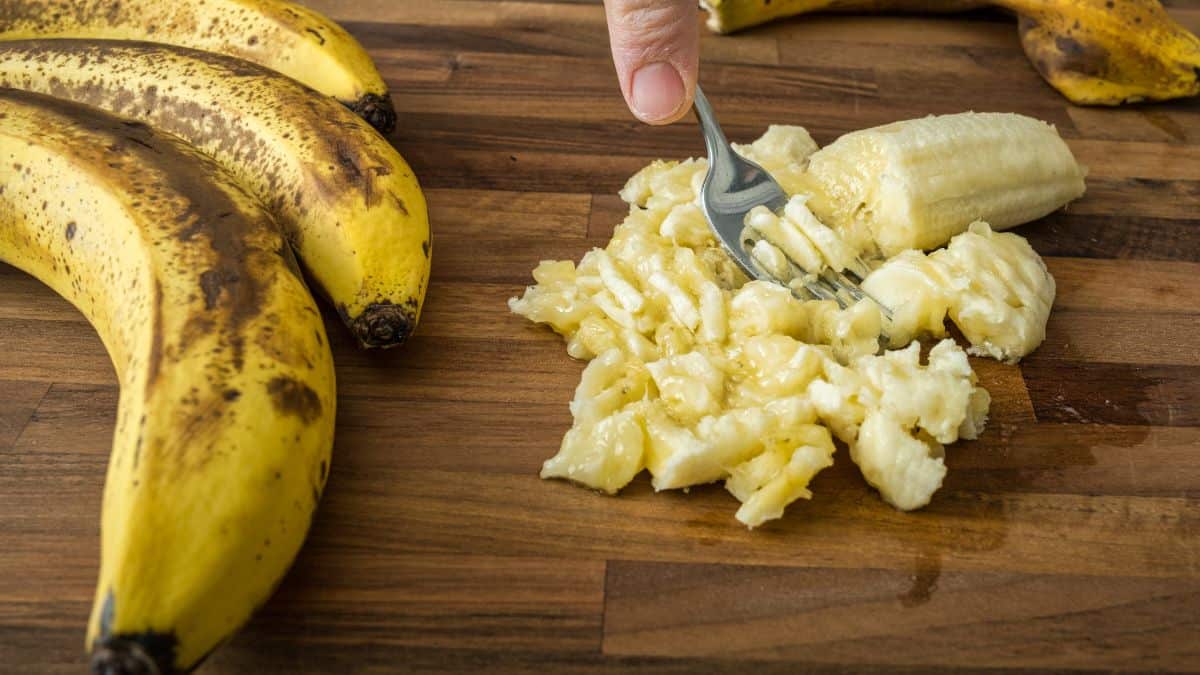
Best For: Dense baked goods such as brownies and pancakes.
How to Use: Substitute one egg with ¼ cup of mashed ripe banana.
Why It Works: Bananas add moisture and natural sweetness, making them perfect for desserts.
Flaxseed Meal
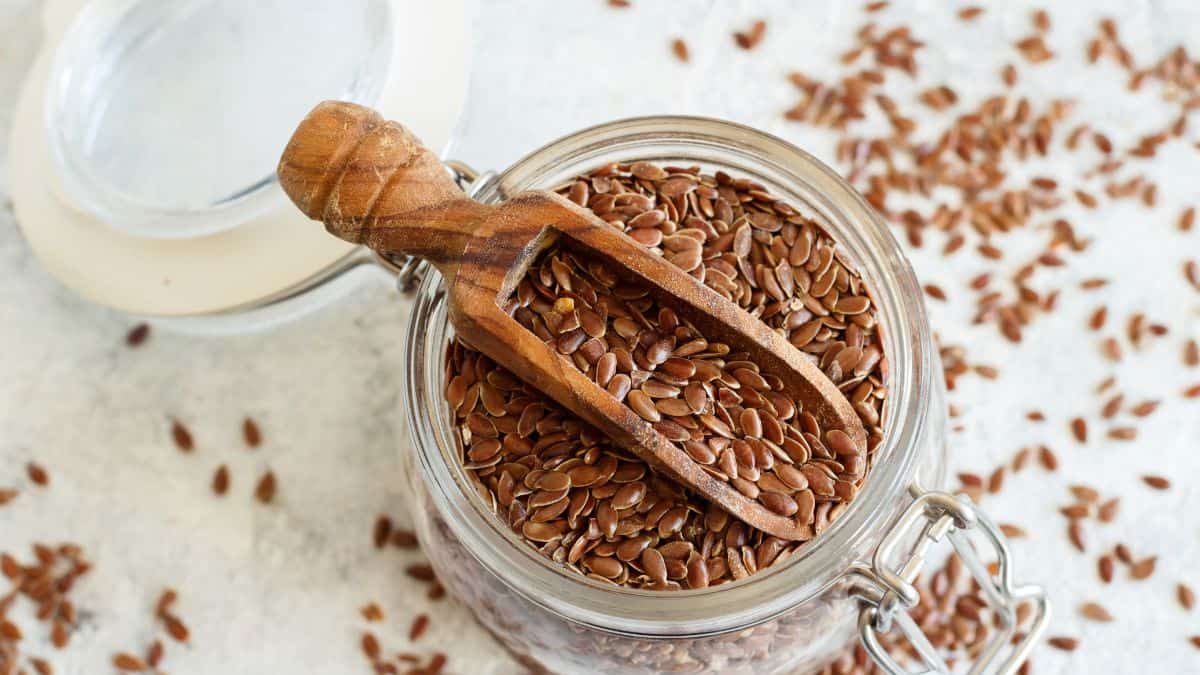
Best For: Quick breads, muffins, and pancakes.
How to Use: Mix 1 tablespoon of flaxseed meal with 3 tablespoons of water for each egg, let sit for 5 minutes to thicken.
Why It Works: Flaxseeds contain mucilage, a gel-like substance that mimics the binding properties of eggs.
Chia Seeds
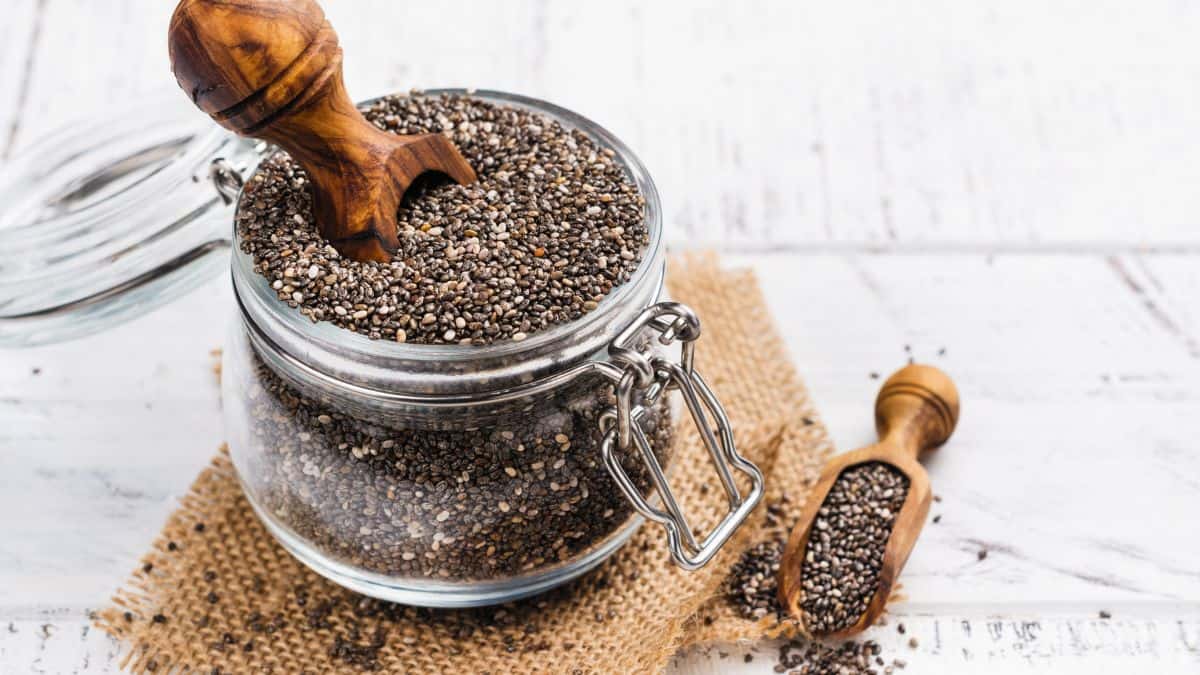
Best For: Breads, muffins, and cakes.
How to Use: Mix 1 tablespoon of chia seeds with 3 tablespoons of water per egg, allow to sit until it forms a gel.
Why It Works: Like flaxseeds, chia seeds form a gel when mixed with water, helping to bind ingredients together.
Silken Tofu
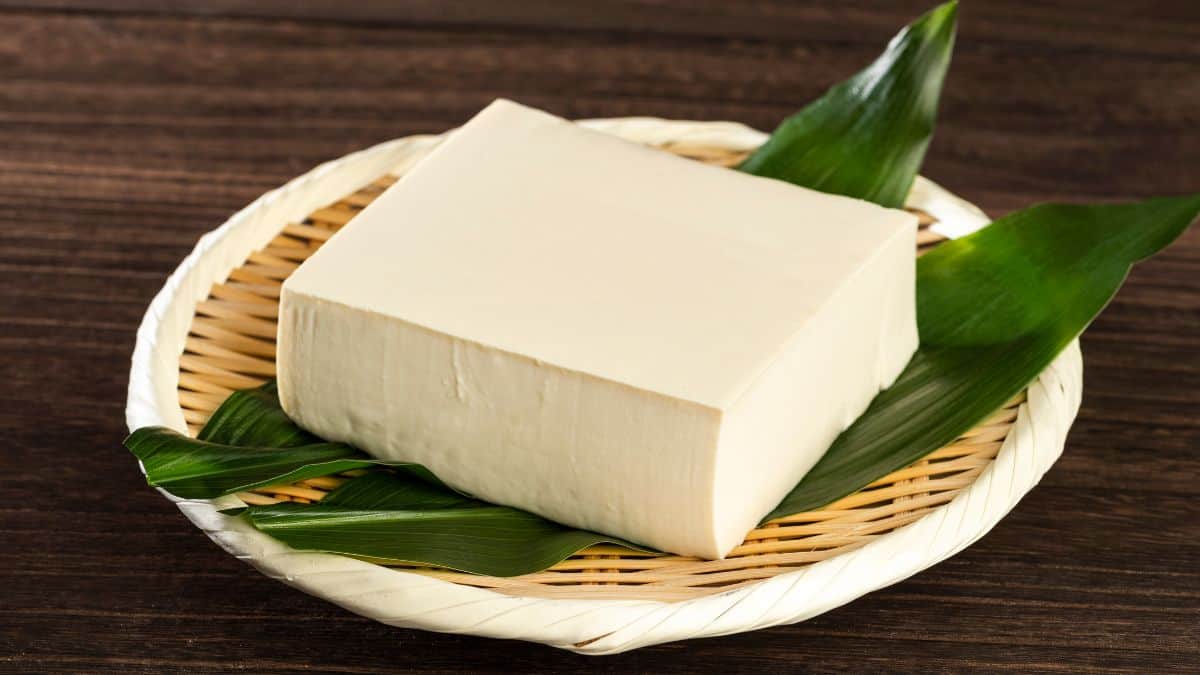
Best For: Dense cakes, brownies, and quiches.
How to Use: Replace one egg with ¼ cup of pureed silken tofu.
Why It Works: Tofu adds creaminess and acts as a binder without altering the flavor of your dish.
Yogurt (Dairy or Plant-Based)
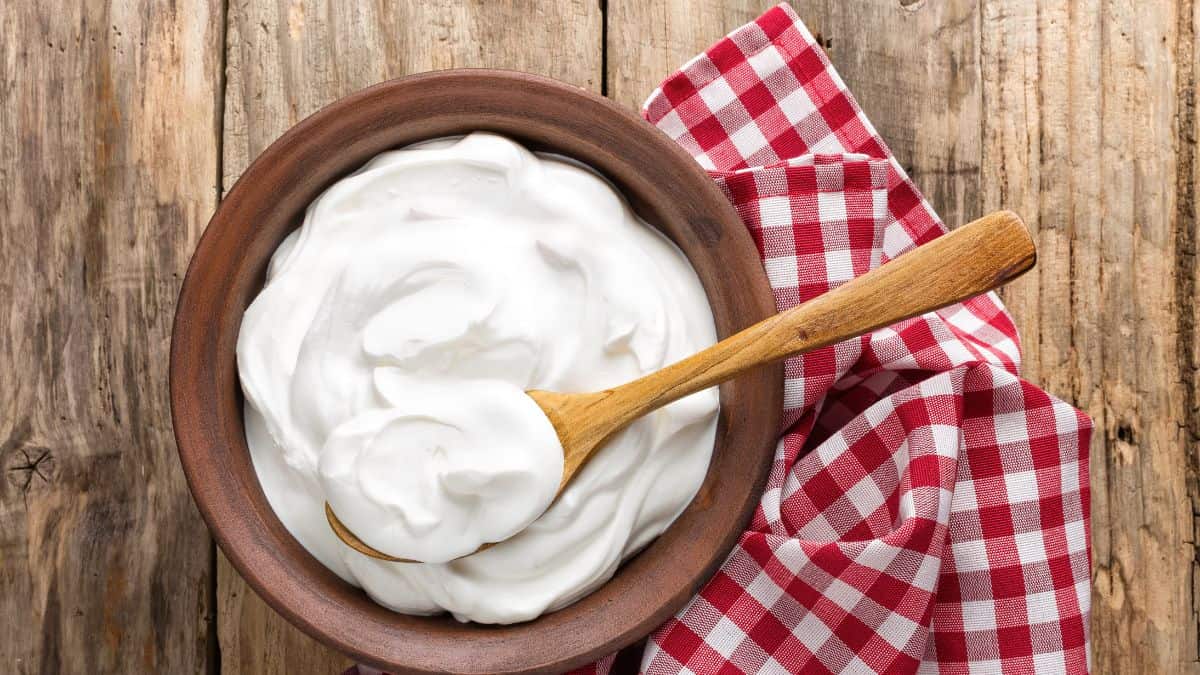
Best For: Muffins, cakes, and quick breads.
How to Use: Use ¼ cup of plain yogurt for each egg required.
Why It Works: Yogurt provides moisture and a slight tang, helping baked goods rise and stay tender.
Buttermilk
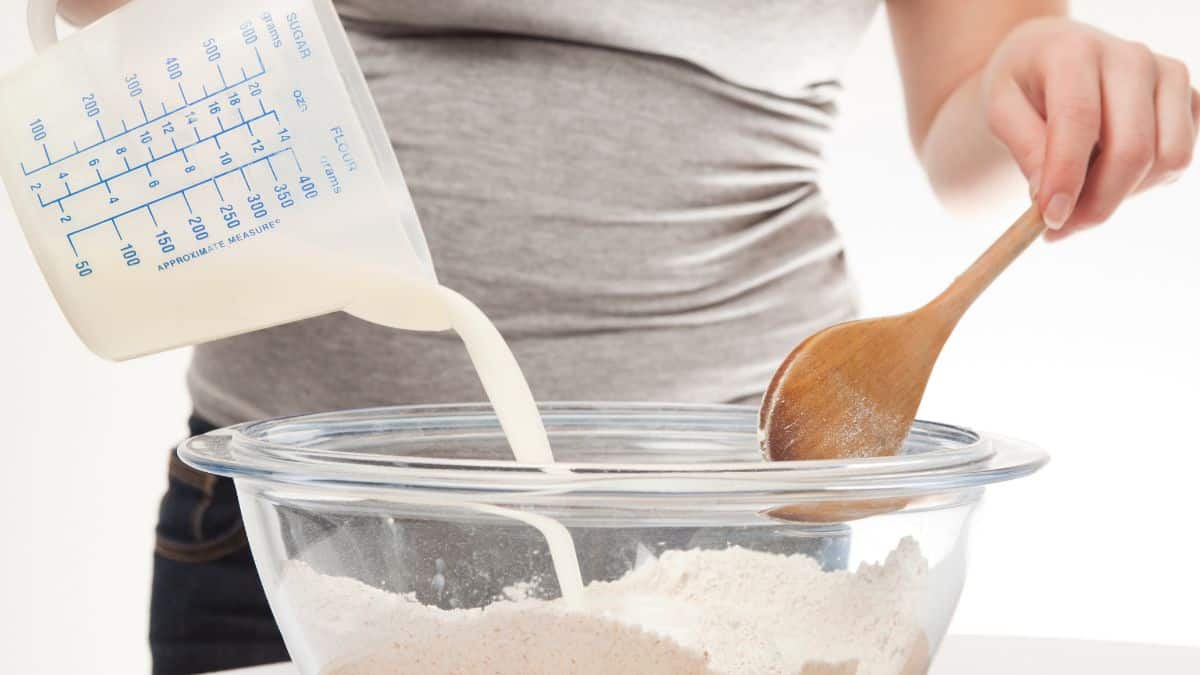
Best For: Pancakes, muffins, and cornbread.
How to Use: Substitute one egg with ¼ cup of buttermilk.
Why It Works: The acidity in buttermilk reacts with baking soda, aiding in leavening and providing a tender crumb.
Aquafaba

Best For: Meringues, macarons, and fluffy baked goods.
How to Use: Replace one egg with 3 tablespoons of aquafaba (the liquid from a can of chickpeas).
Why It Works: Aquafaba whips up like egg whites, making it perfect for recipes requiring a light and airy texture.
Vinegar and Baking Soda
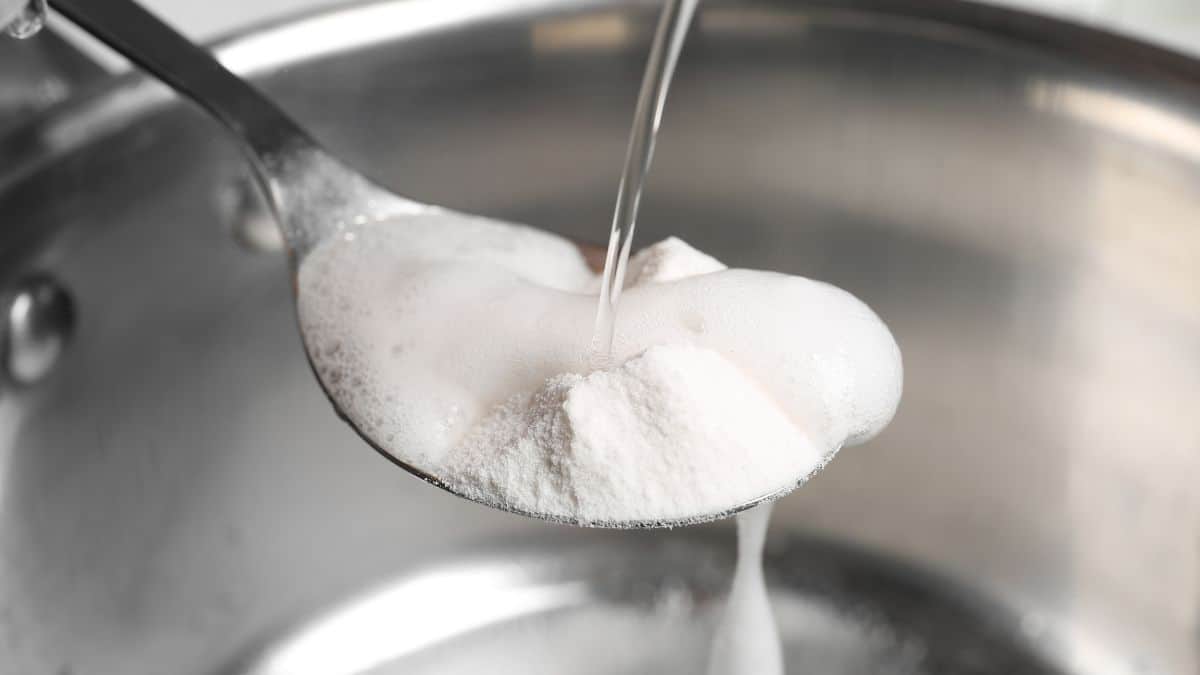
Best For: Light and fluffy cakes, cupcakes, and quick breads.
How to Use: Combine 1 tablespoon of vinegar with 1 teaspoon of baking soda to replace one egg.
Why It Works: The reaction between vinegar and baking soda creates carbon dioxide, helping your baked goods rise.
Arrowroot Powder
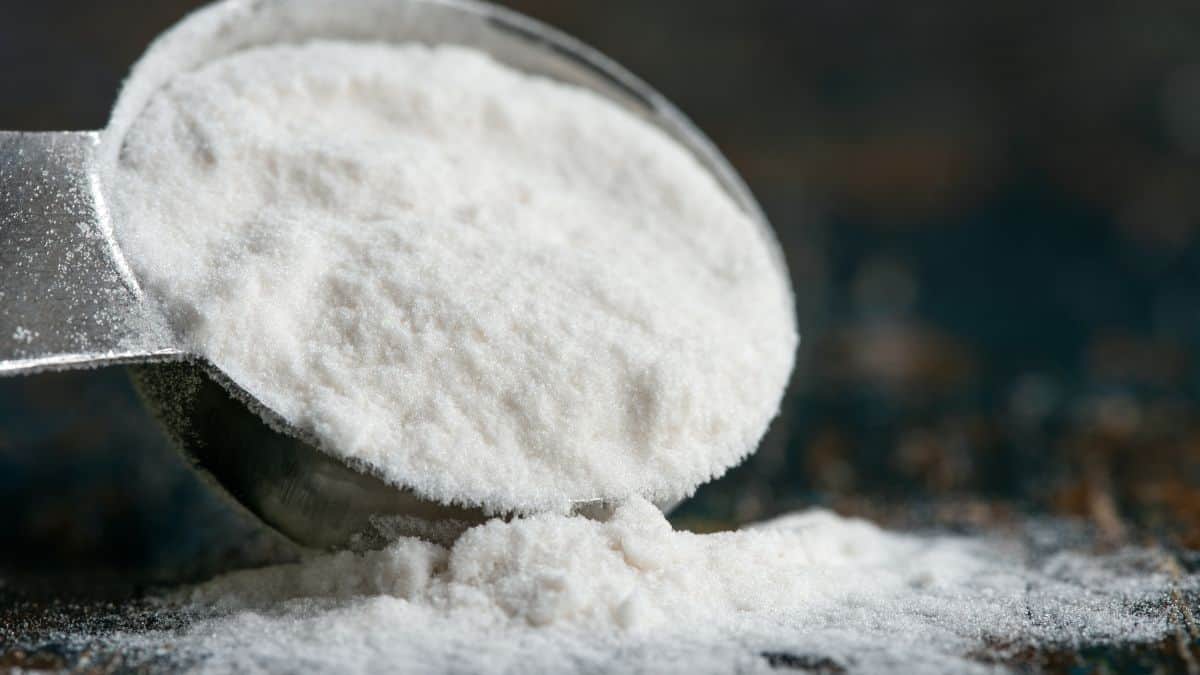
Best For: Cookies, cakes, and other baked goods.
How to Use: Mix 2 tablespoons of arrowroot powder with 3 tablespoons of water per egg.
Why It Works: Arrowroot powder acts as a binding agent, much like eggs, and is flavorless, making it a versatile option.


